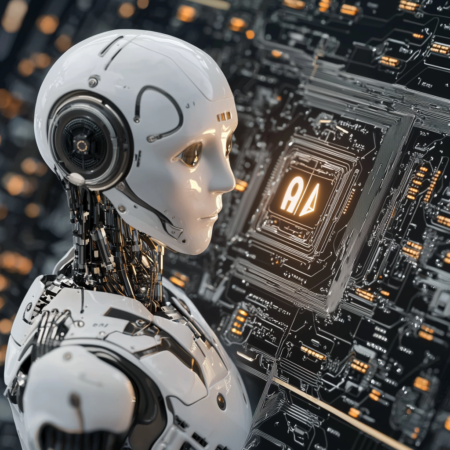Essential Insights
-
Revolutionary Control Method: MIT’s CSAIL developed Neural Jacobian Fields (NJF), enabling robots to learn their dynamics solely via visual feedback from a single camera, eliminating the need for complex sensors or hand-designed models.
-
Autonomous Learning: NJF allows robots to autonomously understand how to control their movements by observing their own actions, akin to human bodily awareness, thus shifting robotics from programming to teaching.
-
Flexibility in Design: This decoupling of control from rigid designs opens new possibilities for soft and bio-inspired robots, allowing designers greater freedom in creating unconventional shapes without worrying about modeling complexities.
- Wide Real-World Applications: NJF has potential for diverse applications, including agriculture and construction, enabling robots to operate effectively in unstructured environments without traditional sensors and infrastructure.
Revolutionizing Robot Learning
Researchers at MIT’s Computer Science and Artificial Intelligence Laboratory (CSAIL) have unveiled an innovative vision-based system called Neural Jacobian Fields (NJF). This system empowers robots to understand their own movements without relying on complex sensors or programming. Instead, it uses a single camera to observe and learn from their actions.
A New Approach to Robotics
Traditionally, robotics required extensive coding and intricate hardware. However, NJF signals a shift toward teaching robots how to learn. By observing their own movements, robots can adapt and respond effectively. This method could democratize robotics, making it easier for designers to explore unconventional forms without worrying about modeling constraints.
How It Works
The NJF system captures two key aspects: a robot’s three-dimensional shape and its responsiveness to control commands. During training, robots perform random actions while multiple cameras record their movements. This process allows them to discern how different inputs affect their physical structure. Once trained, robots can rely on just one camera for real-time control.
Wider Applications
The potential applications for NJF extend far beyond the lab. Robots could assist in agriculture, navigate construction sites, or operate in cluttered environments. By reducing the reliance on elaborate sensor systems, NJF opens the door for more adaptable and affordable robotics.
A Future of Flexibility
Unlike traditional rigid robots, NJF enables the design of soft, bio-inspired robots that can thrive in real-world settings. Researchers envision a future where everyday users can create control models with their smartphones. This shift could revolutionize how we interact with and utilize robotic technology. Overall, NJF embodies a significant step toward enhancing the capabilities and accessibility of robotics for everyone.
Stay Ahead with the Latest Tech Trends
Learn how the Internet of Things (IoT) is transforming everyday life.
Discover archived knowledge and digital history on the Internet Archive.
AITechV1

